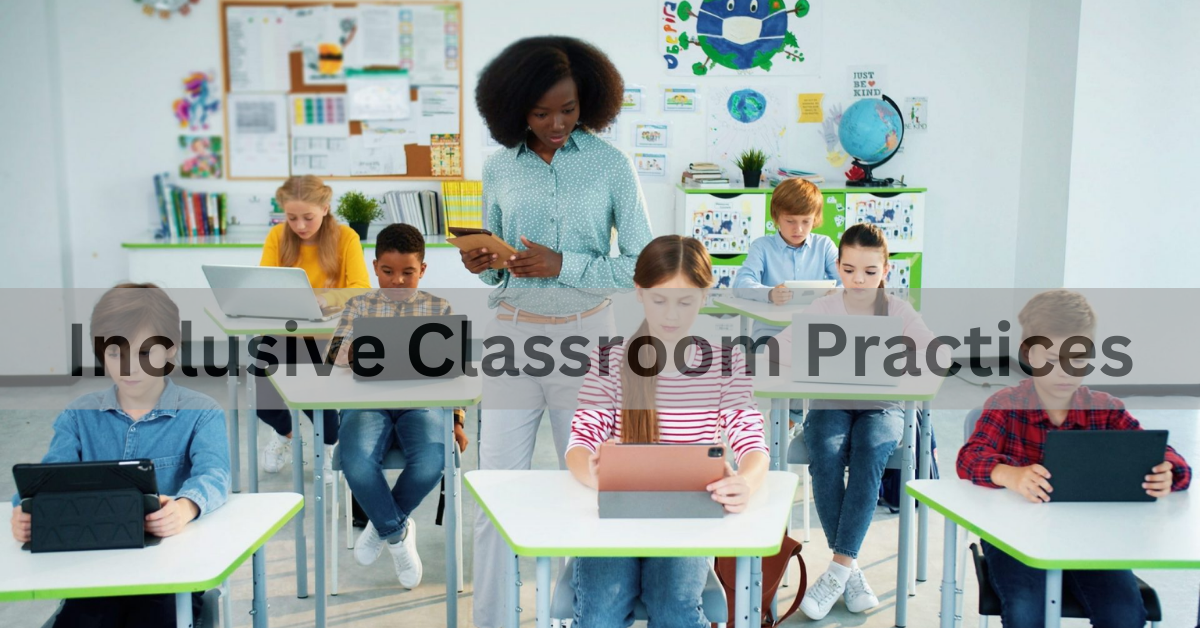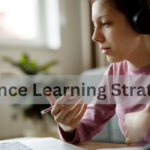Introduction to Inclusive Classroom Practices
Inclusive classroom practices are essential for fostering an equitable learning environment where all students, regardless of their abilities, backgrounds, or needs, have equal opportunities to succeed. These practices not only enhance the educational experience for students with disabilities but also benefit the entire classroom community by promoting diversity, empathy, and collaboration.
Understanding the Importance of Inclusion
Inclusion is more than just physical presence in a classroom; it involves creating a learning environment where every student feels valued and supported. Inclusive practices are crucial because they:
- Promote Equity: Ensuring that all students have access to the same educational opportunities and resources.
- Enhance Social Skills: Encouraging interaction and collaboration among students with diverse backgrounds and abilities.
- Boost Academic Performance: Providing tailored support and accommodations that help all students achieve their full potential.
- Foster Empathy and Understanding: Creating a classroom culture that respects and celebrates diversity.
Key Inclusive Classroom Practices
1. Differentiated Instruction
Differentiated instruction involves tailoring teaching methods and materials to meet the diverse needs of students. This can include:
- Flexible Grouping: Organizing students into groups based on their learning styles, interests, or skill levels.
- Varied Teaching Methods: Using a mix of lectures, hands-on activities, visual aids, and technology to address different learning preferences.
- Personalized Learning Plans: Developing individualized plans that outline specific goals and strategies for each student.
2. Universal Design for Learning (UDL)
UDL is a framework that guides the development of flexible learning environments that can accommodate individual learning differences. It includes:
- Multiple Means of Representation: Providing information in various formats (e.g., text, audio, video) to cater to different learning preferences.
- Multiple Means of Engagement: Offering various ways for students to participate and stay motivated (e.g., collaborative projects, independent research).
- Multiple Means of Expression: Allowing students to demonstrate their knowledge in different ways (e.g., written reports, oral presentations, creative projects).
3. Positive Behavior Interventions and Supports (PBIS)
PBIS is a proactive approach to improving student behavior through positive reinforcement and supportive interventions. Key elements include:
- Clear Expectations: Establishing and communicating clear behavioral expectations to all students.
- Consistent Reinforcement: Providing regular positive feedback and rewards for appropriate behavior.
- Supportive Interventions: Implementing strategies to address and correct challenging behaviors in a constructive manner.
4. Collaborative Teaching and Co-Teaching
Collaborative teaching involves general education and special education teachers working together to plan, instruct, and assess students. This approach includes:
- Co-Planning: Jointly developing lesson plans that incorporate inclusive practices and accommodations.
- Co-Teaching Models: Utilizing various co-teaching methods (e.g., team teaching, station teaching) to provide differentiated support.
- Shared Responsibility: Both teachers taking equal responsibility for all students’ learning and progress.
Creating an Inclusive Classroom Environment
1. Accessible Classroom Layout
An inclusive classroom layout ensures that the physical environment is accessible to all students. This includes:
- Flexible Seating: Providing a variety of seating options to accommodate different needs and preferences.
- Clear Pathways: Ensuring that all areas of the classroom are easily accessible, especially for students with mobility challenges.
- Adaptive Equipment: Using specialized equipment and tools as needed to support diverse learning needs.
2. Inclusive Curriculum
An inclusive curriculum reflects the diverse backgrounds and experiences of all students. This can be achieved by:
- Diverse Materials: Using books, videos, and other resources that represent a wide range of cultures, abilities, and perspectives.
- Culturally Responsive Teaching: Incorporating students’ cultural references in all aspects of learning.
- Student Choice: Allowing students to have a say in the topics they study and the ways they demonstrate their learning.
3. Fostering a Supportive Classroom Culture
Creating a supportive and inclusive classroom culture involves:
- Building Relationships: Encouraging strong, positive relationships among students and between students and teachers.
- Promoting Respect: Teaching and modeling respect for all individuals’ differences.
- Encouraging Empathy: Providing opportunities for students to understand and appreciate others’ perspectives.
Conclusion
Inclusive classroom practices are vital for creating a learning environment where every student can thrive. By implementing strategies like differentiated instruction, Universal Design for Learning, PBIS, and collaborative teaching, educators can ensure that all students receive the support and opportunities they need to succeed. An inclusive classroom not only benefits students with diverse needs but also enriches the educational experience for everyone, fostering a community of respect, empathy, and lifelong learning.



